Where to start with old windows???
farmhousefan
15 years ago
Related Stories
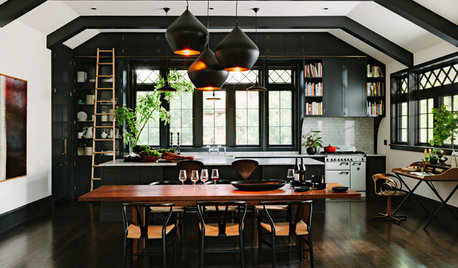
REMODELING GUIDESHouzz Tour: An Old Oregon Library Starts a New Chapter
With an addition and some renovation love, a neglected Craftsman building becomes a comfortable home and studio
Full Story
DECORATING GUIDESHow to Decorate When You're Starting Out or Starting Over
No need to feel overwhelmed. Our step-by-step decorating guide can help you put together a home look you'll love
Full Story
REMODELING GUIDESWhere to Splurge, Where to Save in Your Remodel
Learn how to balance your budget and set priorities to get the home features you want with the least compromise
Full Story
DECORATING GUIDESDecorating 101: How to Start a Decorating Project
Before you grab that first paint chip, figure out your needs, your decorating style and what to get rid of
Full Story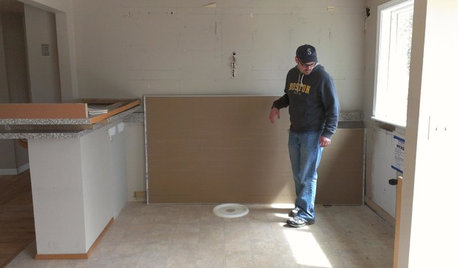
KITCHEN DESIGNStylish New Kitchen, Shoestring Budget: See the Process Start to Finish
For less than $13,000 total — and in 34 days — a hardworking family builds a kitchen to be proud of
Full Story
HOUSEPLANTSHow to Grow Orchids Indoors
Orchids are the exotic aristocrats of the flower world and can make themselves comfortable in almost any home
Full Story
GARDENING GUIDES10 Tips to Start a Garden — Can-Do Ideas for Beginners
Green up your landscape even if you're short on time, money and knowledge, with these manageable steps for first-time gardeners
Full Story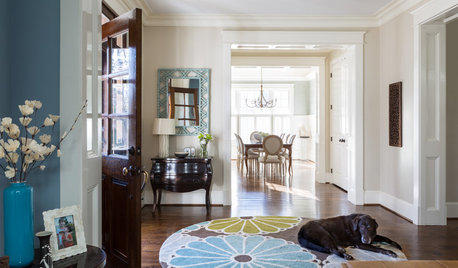
TRADITIONAL HOMESHouzz Tour: Family Gets a Fresh Start in a Happy New Home
Decorating her house from scratch spurs a big career change for this designer
Full Story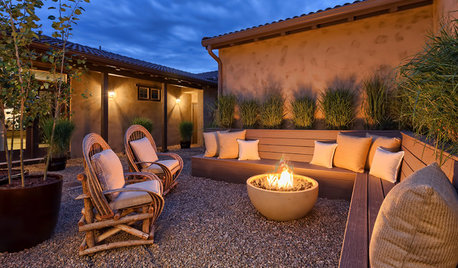
GARDENING AND LANDSCAPINGNew This Week: 3 Fire Pits Herald the Start of Summer
Toast summer — and marshmallows — with these sizzling fire pit designs recently uploaded to Houzz
Full Story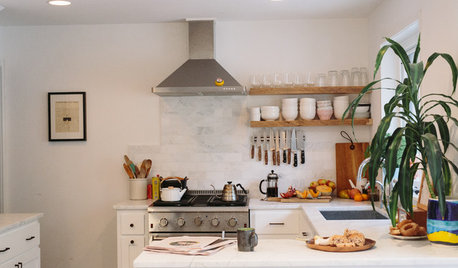
HOUZZ TOURSHouzz Tour: New Love and a Fresh Start in a Midcentury Ranch House
A Nashville couple, both interior designers, fall for a neglected 1960 home. Their renovation story has a happy ending
Full Story









justnigel
housekeeping
Related Professionals
Bloomington Kitchen & Bathroom Designers · Fox Lake Kitchen & Bathroom Designers · Hillsboro Kitchen & Bathroom Designers · White House Kitchen & Bathroom Designers · Allouez Kitchen & Bathroom Remodelers · Charlottesville Kitchen & Bathroom Remodelers · Independence Kitchen & Bathroom Remodelers · Kettering Kitchen & Bathroom Remodelers · Omaha Kitchen & Bathroom Remodelers · Pearl City Kitchen & Bathroom Remodelers · Rancho Cordova Kitchen & Bathroom Remodelers · Rochester Kitchen & Bathroom Remodelers · Sun Valley Kitchen & Bathroom Remodelers · Sweetwater Kitchen & Bathroom Remodelers · Four Corners Architects & Building Designerscalliope
paul4x4
Rudebekia
antiquesilver
calliope
housekeeping
concretenprimroses
la_koala
calliope
concretenprimroses
SuzyQ2
chester525
mightyanvil
dadgardens
slateberry